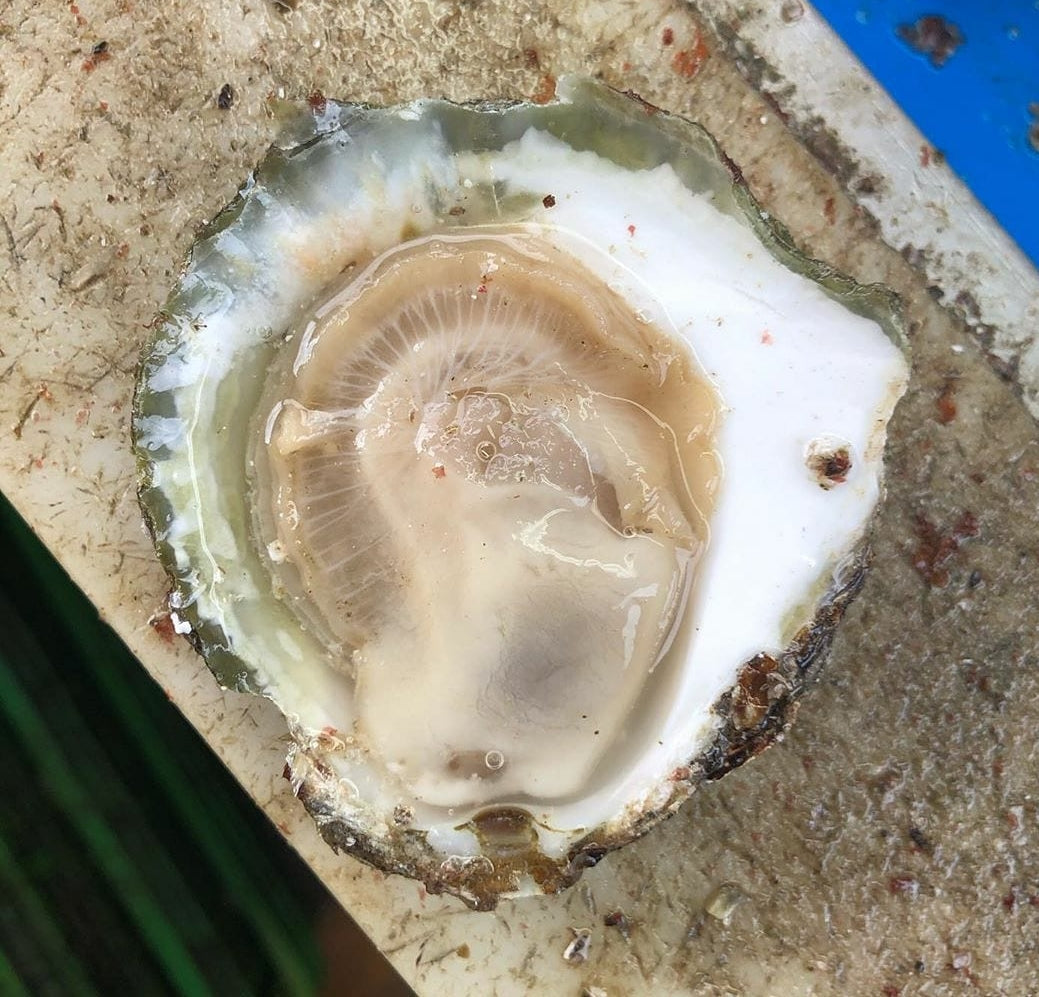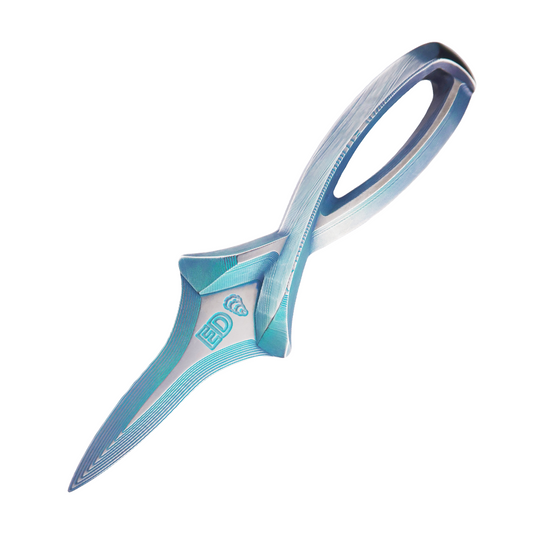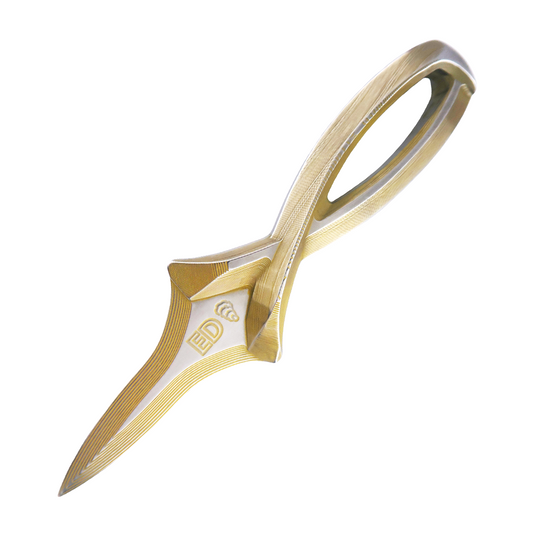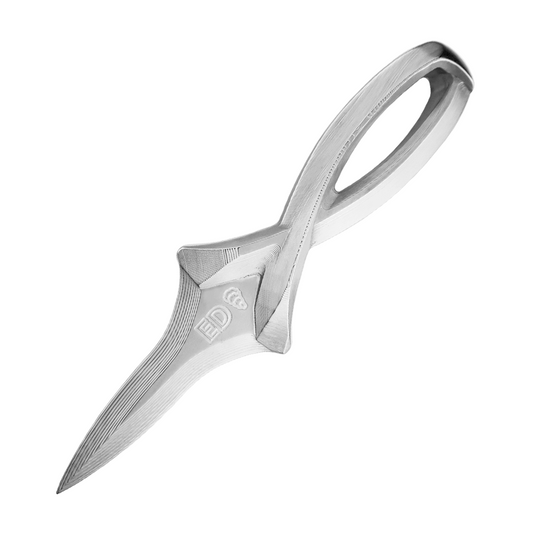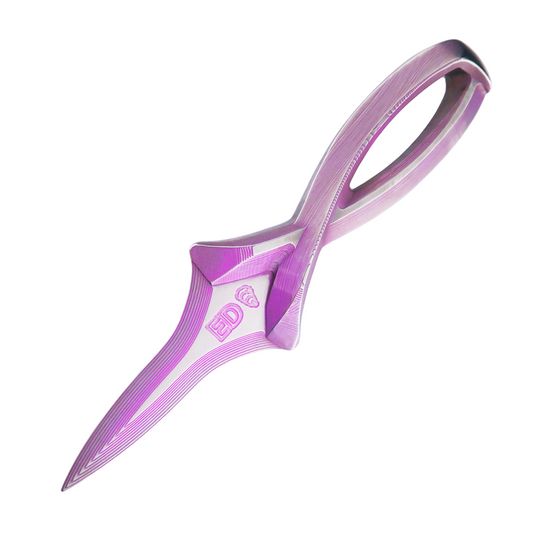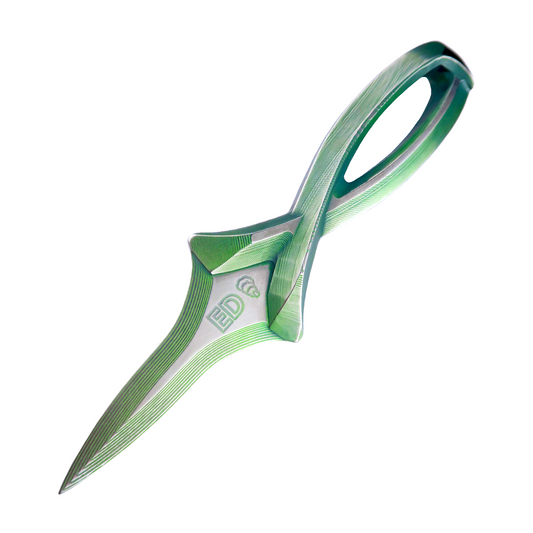Welcome to the first installment of our Oyster Series, where we embark on a journey to discover the diverse world of oysters. In this post, we'll dive into the fascinating realm of the European Flat Oyster, a delicacy that boasts a rich history and is deeply intertwined with the coastal region of Yerseke, Zeeland, Netherlands.
A Taste of Tradition: The European Flat Oyster
The Basics:
- Scientific Name: Ostrea edulis
- Native Habitat: European Flat Oysters are found along the coasts of Europe, from the North Sea to the Mediterranean.
Growing Grounds: One cannot speak of European Flat Oysters without mentioning Yerseke, a picturesque town nestled in the province of Zeeland, Netherlands. Yerseke is renowned for its ideal oyster-growing conditions, which have made it a prime location for cultivating these exquisite bivalves.
Cultivation: European Flat Oysters are typically grown on specially designed oyster beds, known as 'oesterputten,' where they are nurtured until they reach culinary perfection. These oysters thrive in the nutrient-rich waters of the Eastern Scheldt Estuary, imparting them with a unique flavor profile.
Time and Patience: Cultivating European Flat Oysters is a labor of love that requires time and patience. These oysters can take up to five years to reach market size, but the wait is well worth it. Their slow growth results in a firmer, more succulent meat and a depth of flavor that is truly exceptional.
A Taste of the Sea: The European Flat Oyster is celebrated for its distinct taste. When you indulge in one, you'll experience a briny and slightly sweet flavor with mineral undertones. The meat is tender yet firm, offering a delightful contrast in textures.
Distinctive Appearance: Recognizable by their flat, round shells, European Flat Oysters are smaller in size compared to some other oyster varieties. Their shells often showcase an attractive combination of colors, ranging from grayish-brown to greenish hues, with a smooth, glossy surface.
A Historical Connection: European Flat Oysters from Yerseke have a deep-rooted history dating back centuries. In times past, these oysters were cultivated on rooftiles, a practice known as 'oesterijen.' This historical method not only provided a unique growing environment but also led to the creation of a distinctive culture of "oyster barons," individuals who managed oyster operations with great pride and expertise.
Authenticity and Regionality: What sets European Flat Oysters apart is their strong connection to the region where they are grown. Yerseke, with its pristine estuary waters and centuries-old oyster farming traditions, imparts a unique character to these oysters. The flavor reflects the essence of Zeeland, making them a culinary symbol of the area.
Savoring the Tradition: Whether you enjoy them raw, dressed with a squeeze of lemon, or prepared in international recipes like Oysters Rockefeller or Oysters Kilpatrick, European Flat Oysters from Yerseke offer a true taste of Zeeland's quality.
In conclusion, the European Flat Oyster is not merely a culinary delight; it's a living testament to the rich history and coastal culture of Yerseke and Zeeland. Stay tuned for our next installment in the Oyster Series, as we journey to explore more oyster varieties from around the world.


